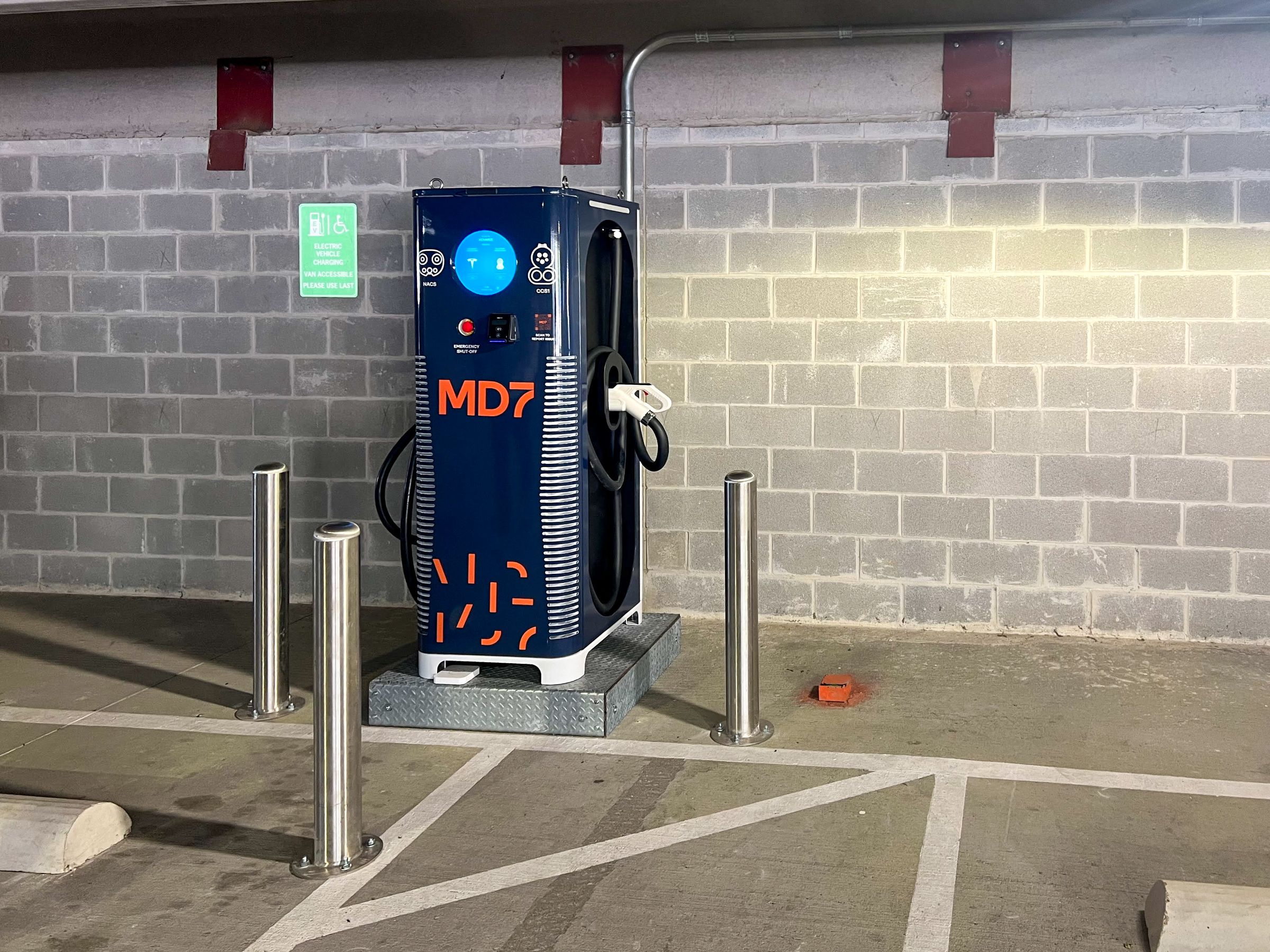Zoning Forecast for 2015
by Cynthia Hanson
Project Manager for Land Use
The wireless industry has long lamented the bureaucracy and delays in the land use approval process for wireless facilities. Zoning approvals are handled at the local municipal and state level. Nevertheless, Congress and the Federal Communications Commission have stepped in and issued various carrier-friendly protections. In 1996, Congress required state and local governments to act on wireless facility siting applications within a reasonable period of time. In 2009, the Federal Communications Commission clarified that a reasonable response time would generally be 90 days for modifications, and 150 days for new sites. These response times became known as the shot clock.
In 2012, Congress passed the Spectrum Act (also known as Section 6409), which was intended to further streamline the approval process for qualifying modification and collocation projects. This Act provides that a jurisdiction must approve an “eligible facilities request” for the modification of an “existing” wireless tower or base station that does not “substantially change” the physical dimensions of the tower or base station. Despite interpretive guidance from the Federal Communications Commission in January 2013, the industry and local jurisdictions disagreed on when and how the streamlined process should apply. Much of the debate centered on the terms “existing” and “substantial change.”
The year of 2015 is shaping up to be an interesting year for telecom zoning. So far this year, the FCC issued new rules and the U.S. Supreme Court published an opinion, both addressing wireless facility deployment timeframes. The FCC published new rules providing detailed clarification on when the streamlined zoning approval process under the Spectrum Act would be triggered among other provisions regarding categorical exclusions, DAS and Small Cells and temporary towers. The new FCC rules also provide for a new, shorter shot clock (60 days) for approvals falling under the Spectrum Act. If a jurisdiction fails to meet this deadline, approval for the deployment is deemed granted by the local jurisdiction.
In T-Mobile South, LLC v. City of Roswell, the US Supreme Court ruled that the detailed reasons for a jurisdiction’s denial of a zoning application must also be in writing and be contemporaneously available to the applicant. Where the city issued its detailed reasons 26 days after the date of the written denial and only 4 days before expiration of the carrier’s time to appeal, the city failed to meet its obligations.
The bulk of the new FCC rules regarding Section 6409 will go into effect on April 8th, however, the provisions governing the tolling of the shot clock and the ability to move forward using the “deemed granted” method of approval will have to wait until the White House Office of Management and Budget (OMB) reviews and approves, and subsequent FCC notice process is completed. Provisions of the new FCC rules not related to Section 6409 become effective on February 9th. The FCC’s rationale in delaying the effective date of the 6409 provisions was to provide time for jurisdictions and carriers to alter their processes to ensure compliance with the provisions of these new rules. During the 90 days from publication in the Federal Register to the effective date of the 6409 provisions, jurisdictions can be expected to pass new zoning laws to bring their local codes in compliance with the FCC rules. Application processes and checklists will be revised to guide planning staff through the expedited approval process and ensure that the correct shot clock is used. Carriers will create new processes to govern their application submissions and application tracking post-submittal. The carriers will develop new systems to carefully track the shot clock time frame and to accurately account for any tolling of this time period. New protocols will be issued to the carriers’ engineering firms regarding the detail required in site plans with the goal of showing jurisdictions that the proposed deployment meets the “no substantial change” test.
The new FCC rules leave matters of aesthetics to the local jurisdictions, but require an application denial based on aesthetics to be in writing and contain sufficient detail for the applicant to address the objections. Expect litigation to continue over issues surrounding the aesthetics of wireless facilities. New litigation also can be expected to arise from the enforcement of the “deemed granted” provision by the carriers and the tolling of the shot clock by the jurisdictions. While the new FCC rules provide welcome guidance as to key terms of the Spectrum Act and give a roadmap to expedite the approval of qualifying wireless facility deployments, there remain some ambiguities in these new rules. As can be expected, both the carrier and the jurisdiction will interpret these ambiguities in a light most favorable to their position.




